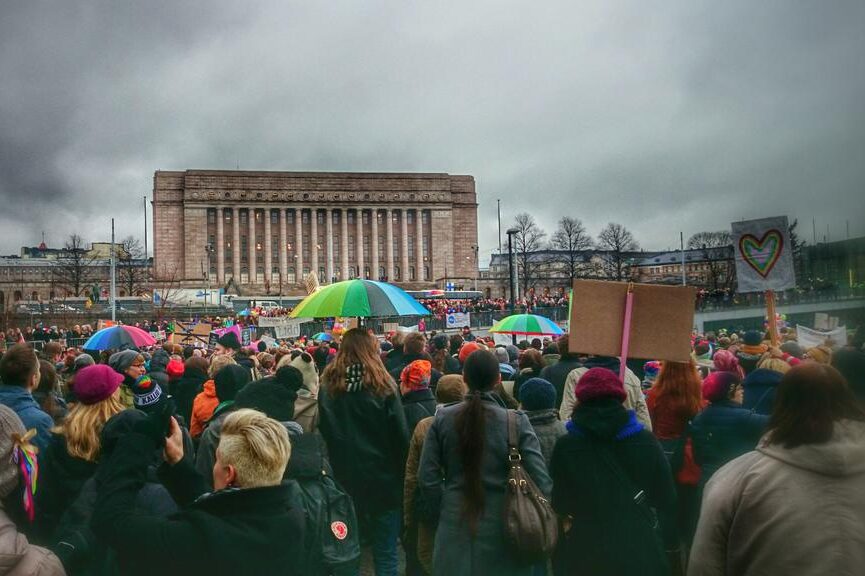Tag: opinion
News
- Articles from Policy & Internet
- Books
- Call for Papers
- Child Safety
- Collective Action
- Conferences
- Democracy
- Development
- Economics
- Education
- Environment
- Ethics
- Governance & Security
- Health
- Interviews
- Mapping
- Methods
- Policy
- Politics & Government
- Publications
- Social Data Science
- Submissions Closed
- Tools
- Video
- Wellbeing
-

Current alternatives won’t light up Britain’s broadband blackspots
—
Satellites, microwaves, radio towers – how many more options must be tried before the government…
-

Finnish decision to allow same-sex marriage “shows the power of citizen initiatives”
It is the first piece of “crowdsourced” legislation on its way to becoming law in…
-

Broadband may be East Africa’s 21st century railway to the world
—
The excitement over the potentially transformative effects of the internet in low-income countries is nowhere…
